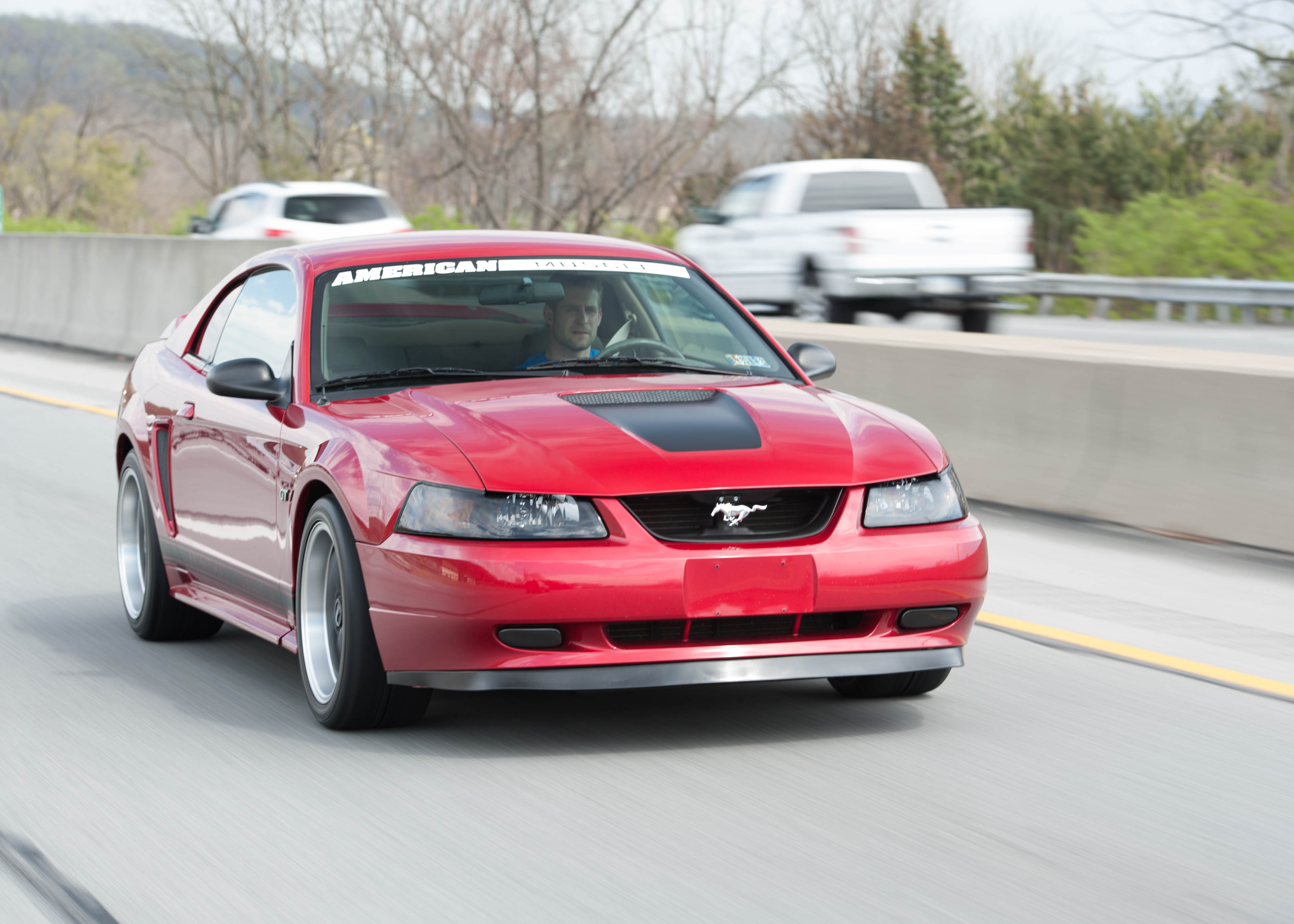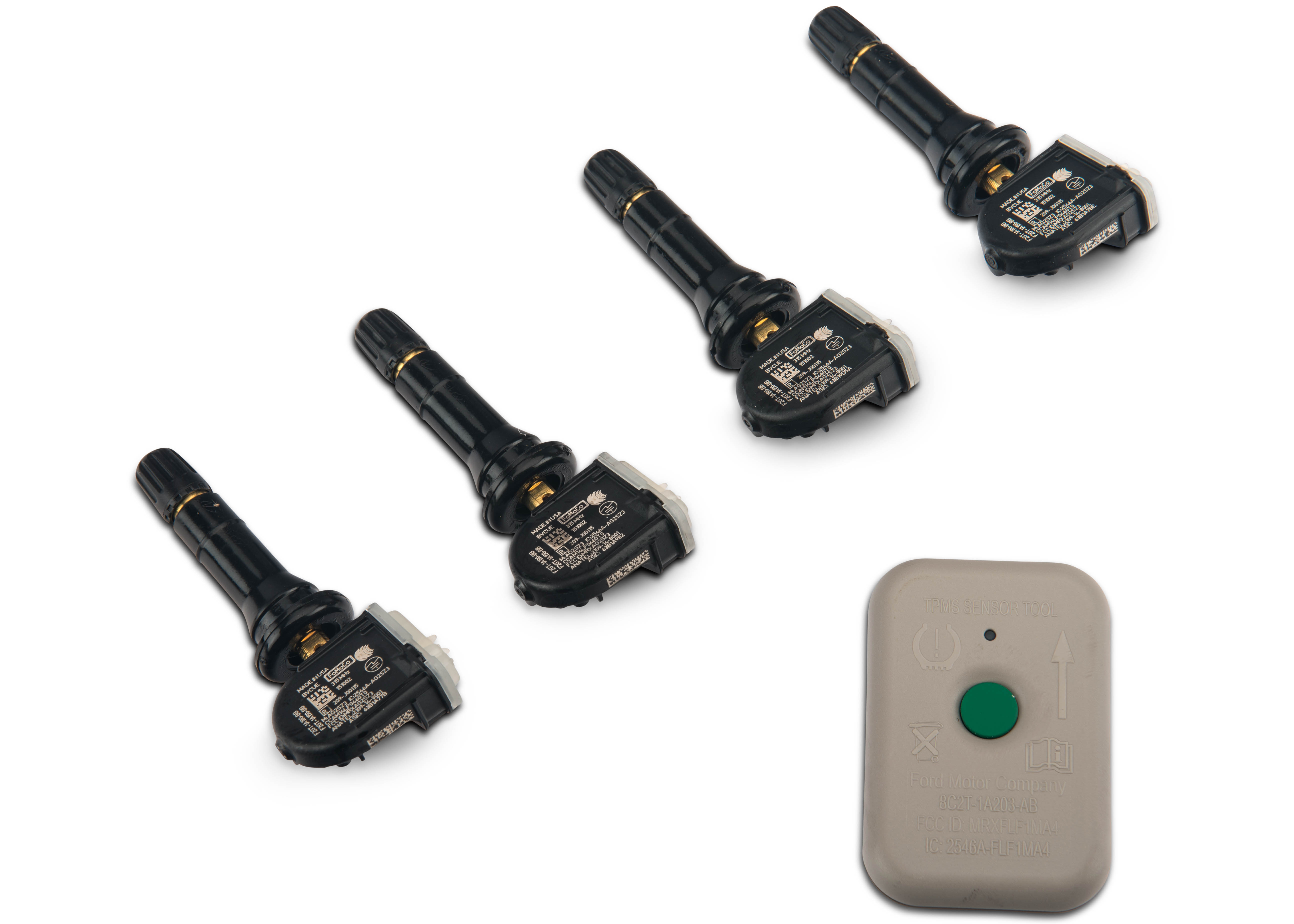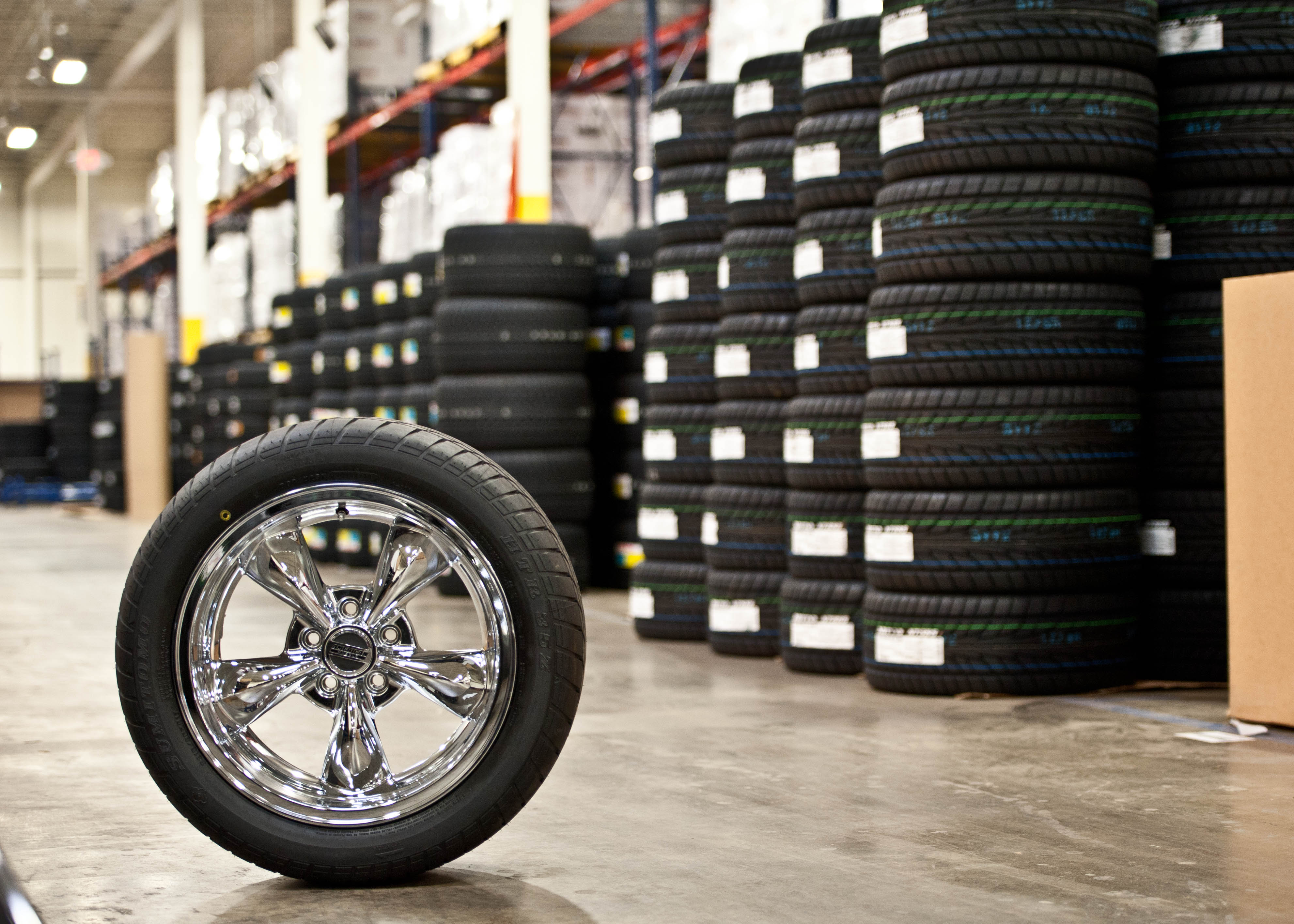To start with you'll need a TPMS activation tool (they usually come with the vehicle from the showroom, or a set of new sensors). Once you've installed your sensors, make sure your tires are inflated properly according to the placard on your door jam. Then you can start the re-sync process.
Steps 1-6 need to be done within a minute.
1 - Put your key in the ignition, but turn it
2 - Press and release the brake pedal
3 - Turn the key from off to on three times, ending at the on position
4 - Press and hold the brake pedal for two seconds, and then release it
5 - Turn the ignition off, but don't remove the key
6 - Turn the key from off to on three times, ending at the on position
If you did everything in under a minute, your horn should sound once, the TPMS light will flash, and the message center will display "train left front tire". If the horn sounds twice, you'll need to try steps 1-6 again. Training the sensors goes clockwise from left front. When you finish training one tire, don't spend more than two minutes moving to the next tire, or you'll have to start over. To train the sensors:
1 - Hold the activation tool against the tire's sidewall near the valve stem with the arrow on the tool pointing towards the rim
2 - Press and release the green button and wait for your horn to sound again. The light on the TPMS tool should turn red. If the horn sounds within ten seconds of the light going on, training that tire's sensor worked.
3 - Repeat for the other three tires. The message center should display "training complete" when done. If the horn sounds twice when you finish the last tire, the reset process didn't work, and you'll have to start over.
We always recommened relying on a mechanic to reset your TPMS sensors unless you have experience performing the reset yourself.


-2007/mustang-tmps-warning-light-guide-01.jpg)

-2007/mustang-tmps-band-guide-02.jpg)


